I have a little BLE device that can drive an LED at variable brightness (according to a programmable 0-255 byte value). This works, but has the major caveat that it can only source 5 mA, whereas many LEDs are spec'd to run at 20 mA nominal. The result is that it can only drive the efficient tiny SMD chip LEDs, and not most discrete LEDs.
So I'm looking to make a little current amplifying circuit to take the 0-5 mA and amplify it to the range of 0-20 mA. What approach would be the best to go about doing this? Any pointers are greatly appreciated.

